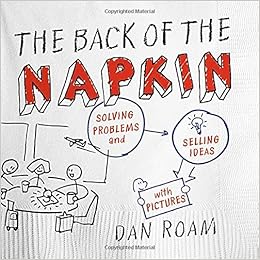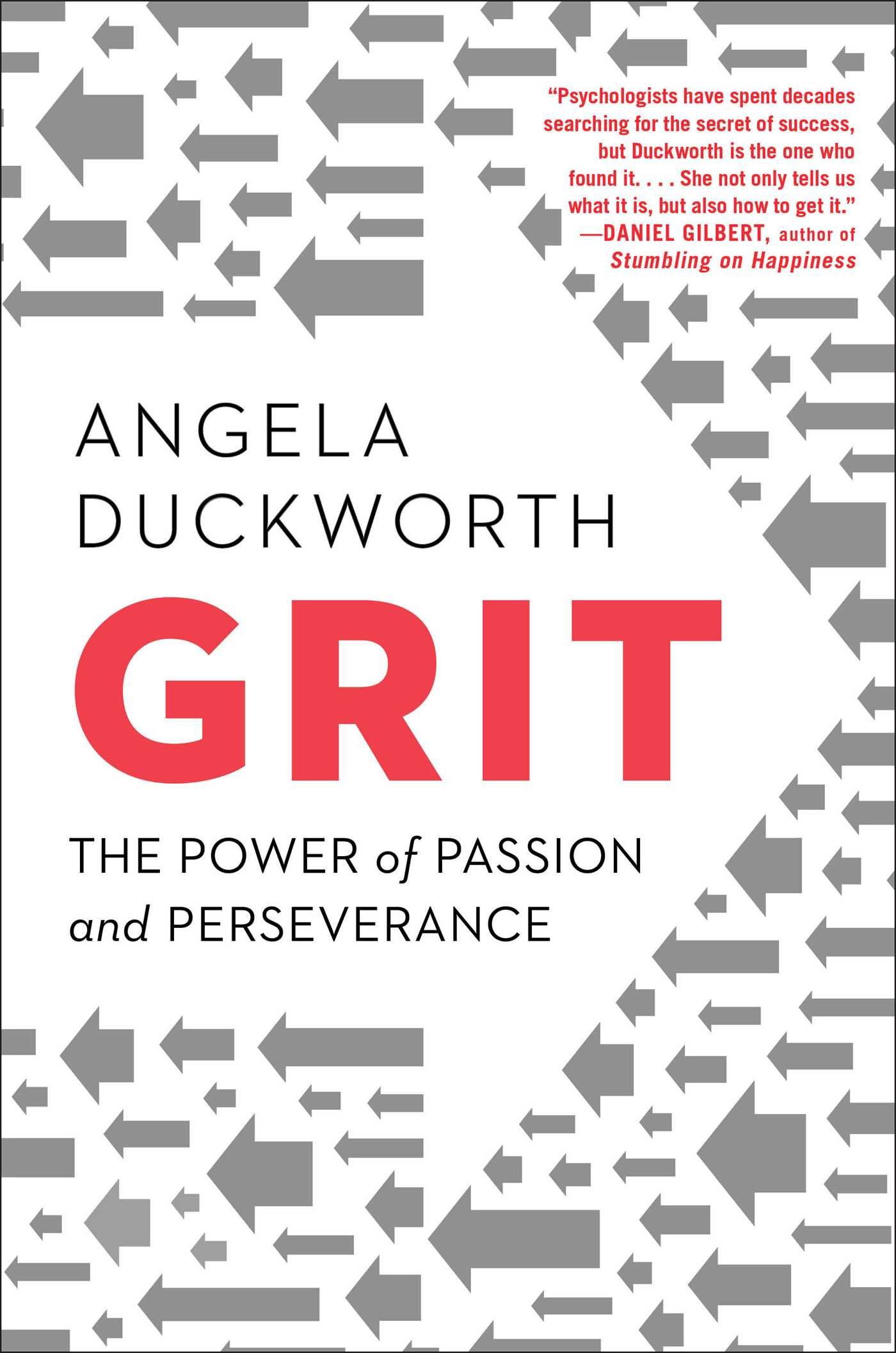By Dan Roam (2008)
Pages: 278,Final verdict: Should-read
How well can you draw? If you're like me, you assume that your artistic ability was lost sometime between those kindergarten drawings of your family and the first time you attempted to draw dead nature in middle school (seriously, what is "dead nature" anyway?). Fast forward in time, and for most of us the idea of being in front of group of peers to visually represent what goes on our mind is a daunting one.
Dan Roam, who made his life out of turning business ideas and problems into compelling pictures, challenges the skeptics by showing how anyone with a pen and a piece of paper can be the Monet of business.
Visual thinking is in our DNA
It's 4 pm and you receive an email from your boss. The assignment? Work on a deck highlighting the progress of your project to be presented next week. And since management will be there, you need to make sure it is "a good one"...
Most of us are in similar situations all the time, needing to "sell" our ideas or work to someone. In fact, in this PowerPoint clutter world of business, being effective in the way we communicate ideas and problems has probably never been more important.
By declaring death to the bullet point, but before giving us the tools to do so, The back of the Napkin kicks off by unraveling the 4 basic steps through which the visual thinking emerges from:
- Looking: The act of collecting information around us and screening it
- Seeing: Making sense of what we're seeing, looking for patterns and separate the signal from the noise
- Imagining: Seeing what isn't there, correlating the information to past experiences.
- Showing: Making sense of the previous steps and clarifying what is in our mind
Sounds simple? That's the idea. As the author guides the reader through a few real life examples of how we follow this approach countless times a day, the underlying goal of the first section of the book is that drawing (to the extent most of us need it) is nothing but a process. And like anywhere else, consistent processes lead to consistent results.
Any problem can be made clearer with a picture, and any picture can be created using the same set of tools and rules. - by Dan Roam
The 6 Ws of Visual Thinking
With slightly more confidence in our potential, but still suspicious of our ability to Rembrandt the sh*t out of that slide deck, we move on to where the book really comes to life. In a narrative where text and drawings go hand in hand, we quickly reach the core practical framework of the book:
Any problem or idea can be broken down and seen by the same set of 6 lenses, the six Ws. Appropriately following the credo of the book, here is a visual representation of the 6W framework, borrowed from the Back of the Napkin:

While it might not be a world shattering framework, what I found more interesting on this approach is how it helps us position our thought process oriented towards visual representation.
The introduction of the 6 W model is complemented with a few rules of thumb for how to use each representation and a series of examples of its application. Finally, an introduction to the mnemonic SQVID encourages the reader to imagine which visual messages to convey before picking up a pen.
To top it off, the last sections of the book are dedicated to an applied exercise of the 6Ws, where we take the lead as a software company analyst trying to distill why sales have been flat, and convince the executive team on how to turn the company around.
Bottom line
You probably never read a book like the Back of the Napkin. Its 280 pages read like the intersection between a business case and a comic book. And if you are in the business of solving problems in a team setting and selling ideas to your peers, you'll find an invaluable set of tools to use at work. Nonetheless, I think we could take even more value from the book if it had additional tips on areas like how to represent motion/action on drawings or a simple guide on color pallets.
Easy to read, insightful and practical, the Back of the Napkin is sure to help you be a better presenter, communicator and help you approach your work challenges differently. Not a bad return for a 12€ investment.



